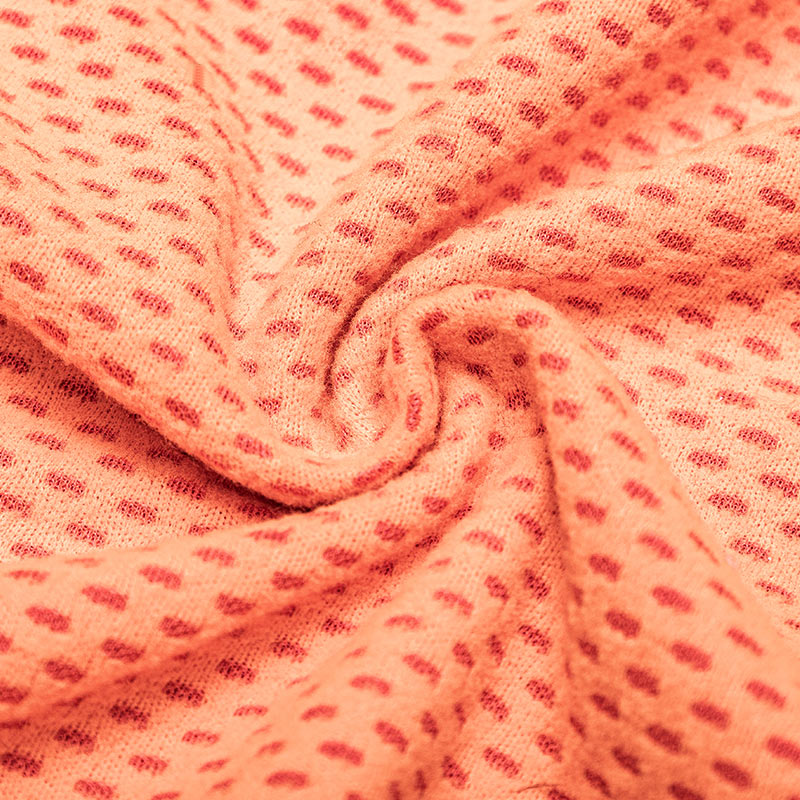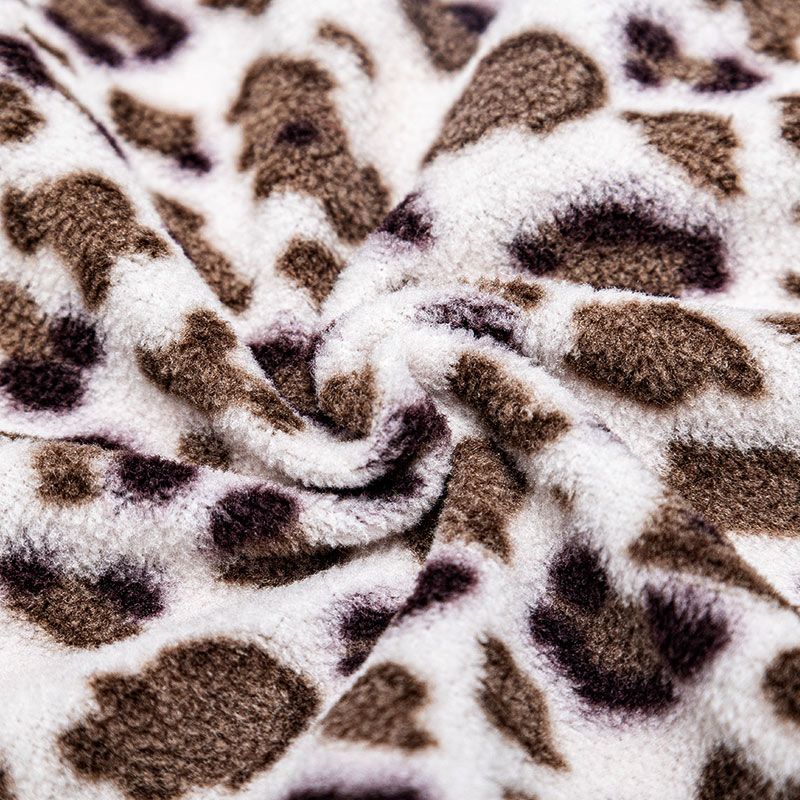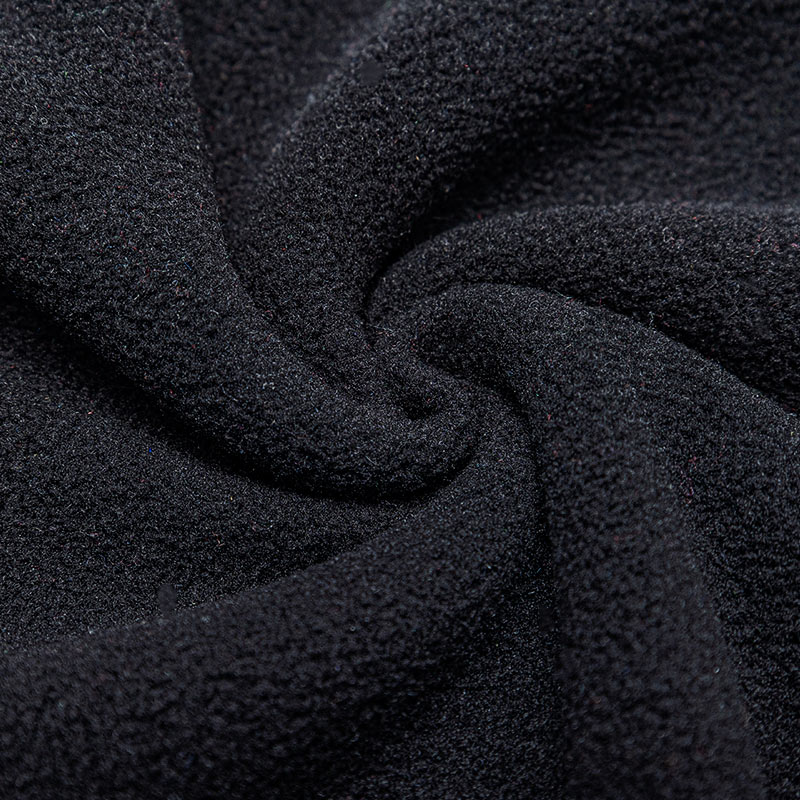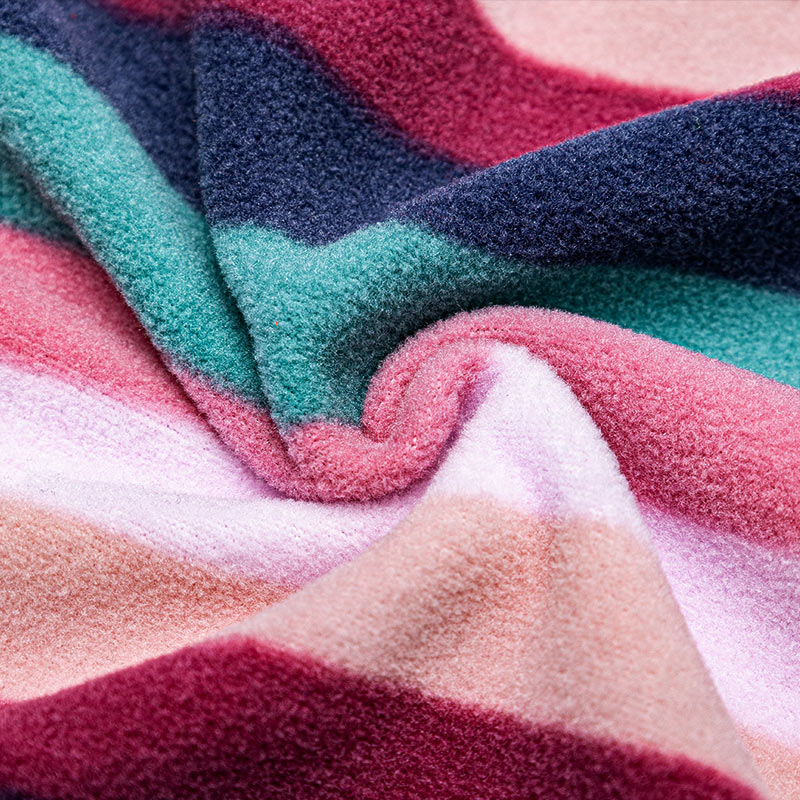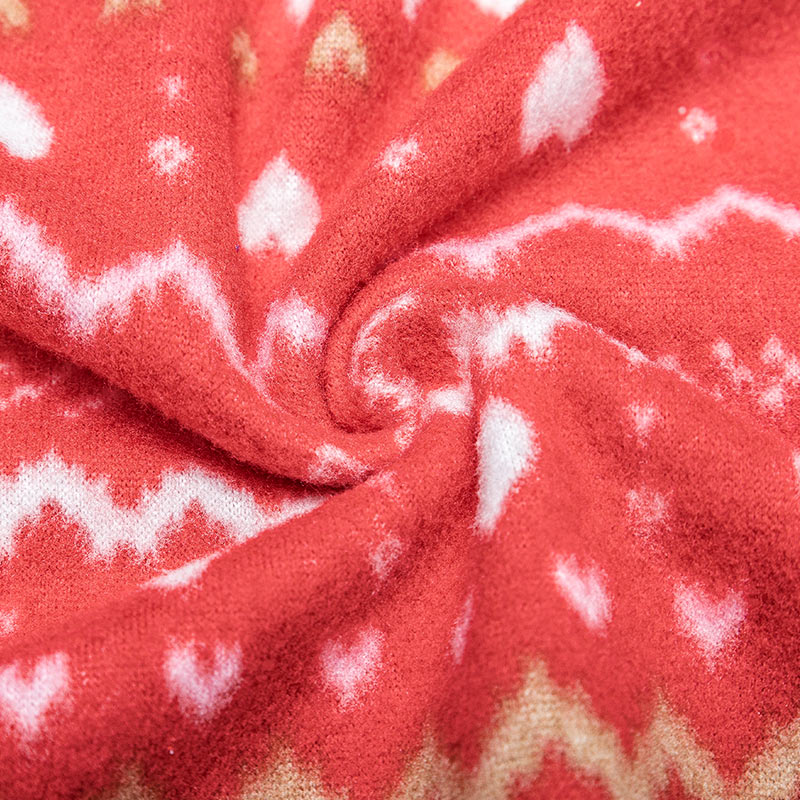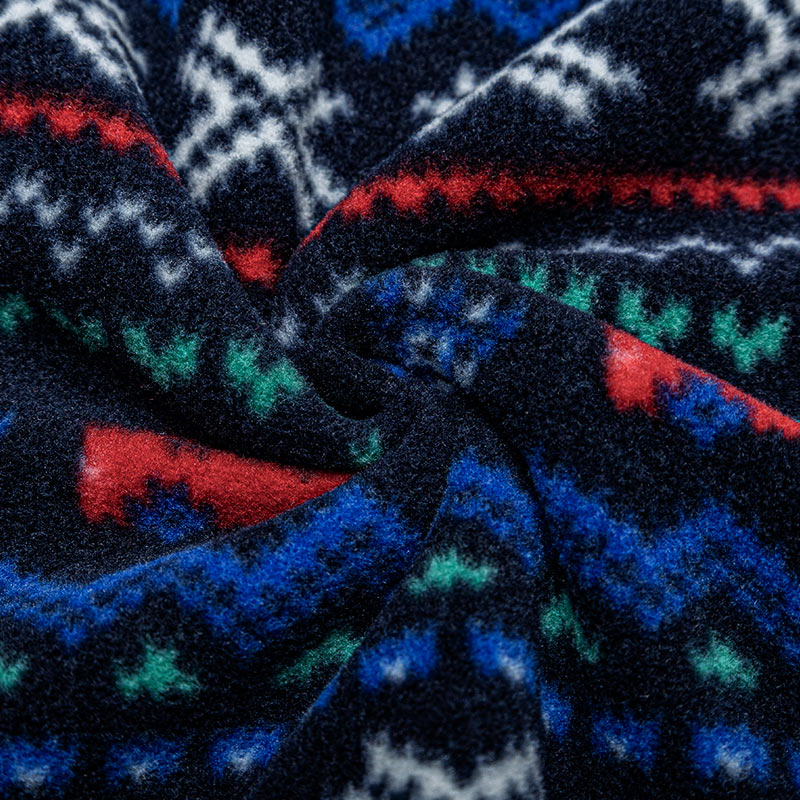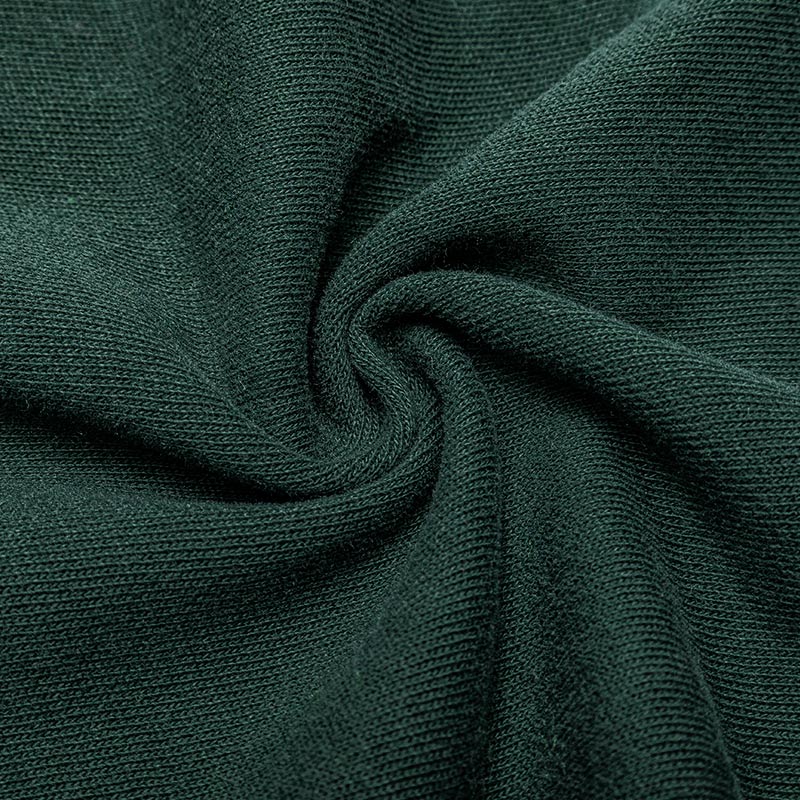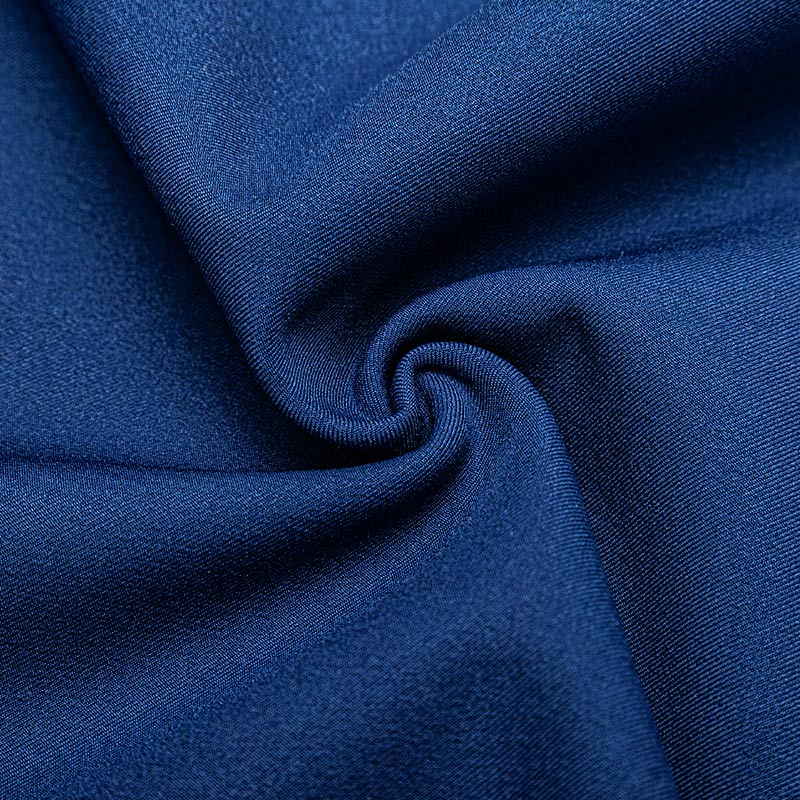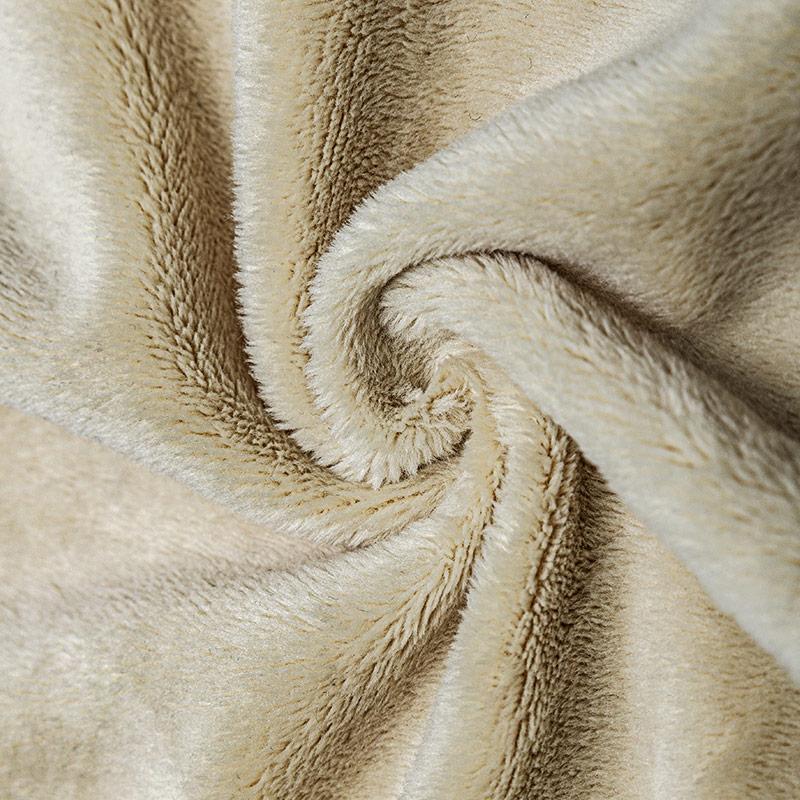Whether
cationic fabric is considered eco-friendly or sustainable compared to other fabrics depends on various factors, including the specific production processes, raw materials used, and environmental impact assessments. Here are some considerations when evaluating the eco-friendliness and sustainability of cationic fabric:
Raw Materials: Cationic fabric is typically made from synthetic fibers such as polyester or nylon. While these materials are derived from petrochemicals, advancements in recycling and sustainability initiatives have made it possible to produce recycled polyester (rPET) and recycled nylon (rNylon) from post-consumer plastic waste, which can reduce the environmental impact of virgin polyester and nylon production.
Manufacturing Process: The manufacturing process for cationic fabric may involve energy-intensive processes such as fiber production, spinning, weaving or knitting, dyeing, and finishing. Assessments of the environmental impact of these processes, including energy consumption, water usage, and chemical emissions, are essential for evaluating the overall sustainability of cationic fabric production.
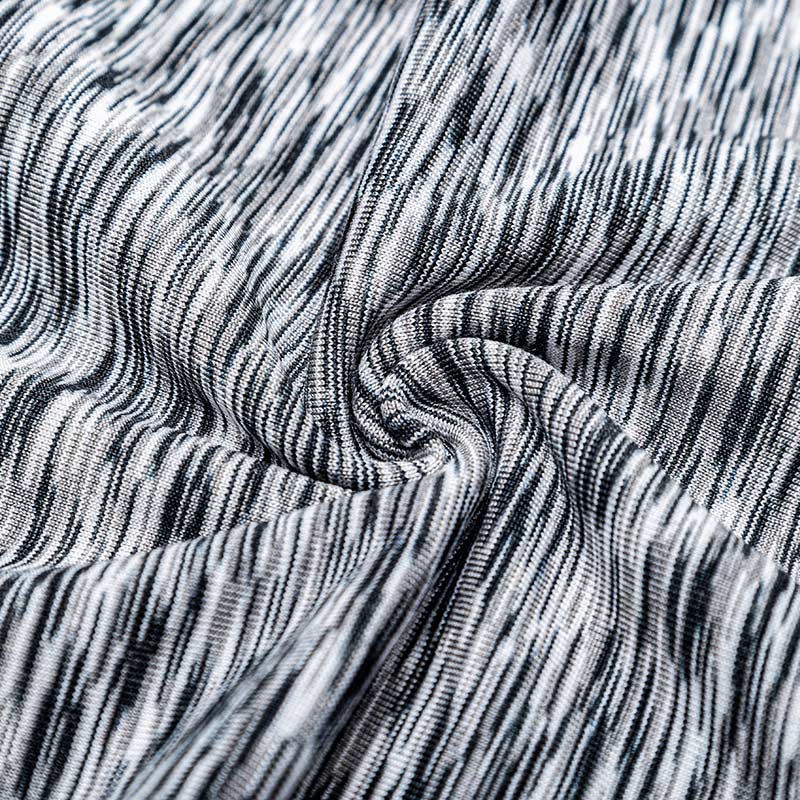
Chemical Use: The dyeing and finishing processes used in cationic fabric production may involve the use of chemicals, some of which can be harmful to the environment and human health if not properly managed. Sustainable dyeing and finishing practices, such as water-saving dyeing techniques, non-toxic dyes, and eco-friendly finishing treatments, can help mitigate the environmental impact of chemical usage.
End-of-Life Considerations: The disposal and end-of-life management of cationic fabric can impact its overall sustainability. While synthetic fibers such as polyester and nylon are not biodegradable, efforts to promote textile recycling, circular economy initiatives, and responsible waste management can help reduce the environmental footprint of cationic fabric.
Certifications and Standards: Look for certifications and standards that indicate environmental stewardship and responsible production practices, such as OEKO-TEX certification, Global Recycled Standard (GRS) certification, and Bluesign certification.
These certifications verify that cationic fabric meets specific criteria for environmental and social responsibility.Overall, while cationic fabric may offer certain performance benefits and applications, its sustainability depends on various factors throughout the supply chain, from raw material sourcing to end-of-life management. By considering factors such as raw materials, manufacturing processes, chemical use, end-of-life considerations, and certifications, consumers can make more informed choices about the eco-friendliness and sustainability of cationic fabric compared to other fabric options.

